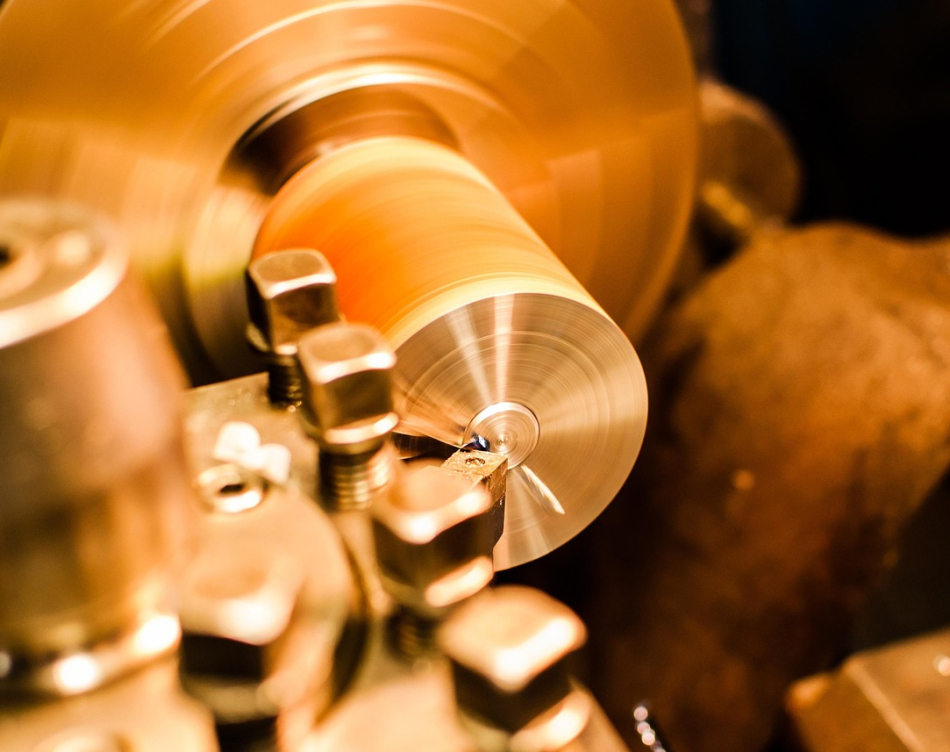Vas zanima študij pri nas?
Izpolnite spodnji obrazec za prijavo v program. V roku enega dneva vam bomo posredovali vse potrebne informacije o vpisu.
Mechanical Engineering

The thesis examines the use of collaborative robots in manufacturing processes, focusing on the integration of the Hanwha HCR-5A collaborative robot with the DOOSAN Puma TT 2100Y CNC lathe. The study analyzes the impact of automation on machining process optimization, particularly in increasing productivity, improving quality, reducing workers’ physical strain, and assessing economic effects.
The theoretical part presents key characteristics of collaborative robots, their historical development, advantages, limitations, and a comparison with traditional industrial robots. The technical requirements for integration, safety aspects, and adaptability in manufacturing environments are emphasized.
Special attention is given to integrating a collaborative robot into an existing process, addressing key challenges such as selecting an installation location, ensuring safe cooperation with operators, and optimizing the robot’s trajectory for efficiency.
The necessity of software and interface adaptations for seamless communication between the robot and CNC machine is also discussed.
Additionally, the study explores the complexity of programming and the flexibility of collaborative robots compared to conventional robotic systems.
The practical part includes a description of the existing CNC lathe work process, the planning and execution of robot integration, and an analysis of results. Special focus is placed on examining the impact on productivity, quality, safety, and workers’ ergonomics. The influence of automation on reducing human errors and improving process reliability is also highlighted.
The economic analysis evaluates implementation costs and long-term profitability. A comparative analysis of manual and automated production is conducted, including ROI calculation and payback period assessment.
The thesis concludes with key findings, recommendations for further research, and opportunities for improving automated solutions in the industry.